SIMET Industrial Automation

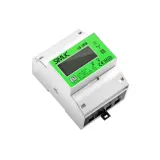

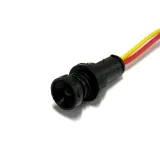


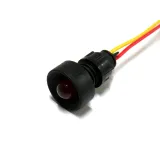

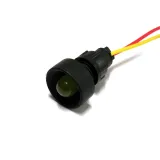

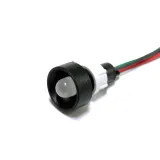


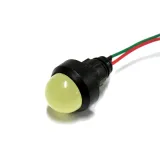
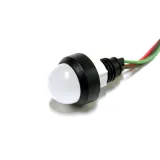
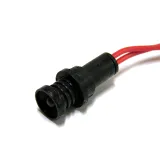
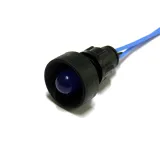


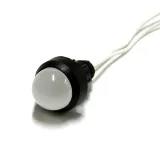

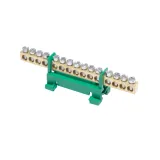
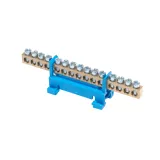

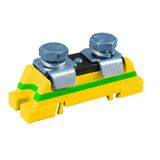



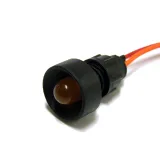
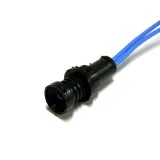

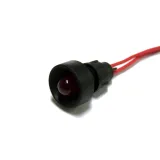


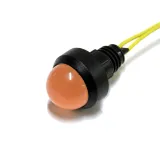
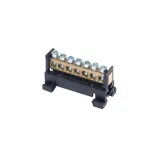


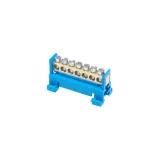
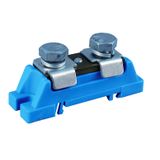
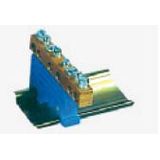
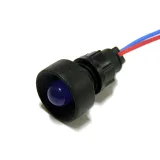
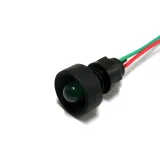


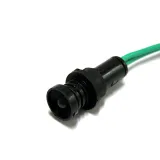
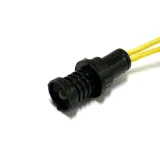
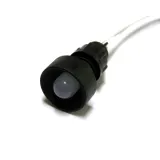
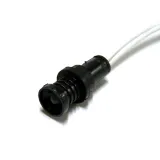


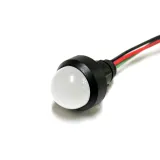




simet automatics and control Application scope and brand context
Machine panels, HVAC skids, and small OEM cabinets need parts that wire fast, survive heat and vibration, and pass inspection without rework. Simet focuses on compact footprints, reliable terminations, and accessories that keep IP and EMC honest at the enclosure wall. Families cover front-of-panel actuators, contact and signal interfaces, wiring aids, and enclosure hardware—built for European control voltage practice (24 V DC/230 V AC) with clear markings for torque, conductor range, and temperature class.
simet automation devices Portfolio and use cases
You’ll see pushbuttons and selector switches for operator stations; illuminated indicators with IP65/IP67 bezels; plug-in interface relays; timing and monitoring modules; terminal blocks and distribution bridges; DIN-rail power supplies; and slim I/O interposers that collect field signals neatly. Typical relay outputs are 6–10 A AC-15/AC-1 per IEC 60947-5-1; coil sets include 12/24 V DC, 24/115/230 V AC. Timing modules cover on-delay, off-delay, interval, and star–delta with 0.1 s to 100 h ranges. Power supplies hit 12/24 V DC with >90 % efficiency and EN 61000-3-2 Class A harmonics; output ripple and hold-up time are published so PLCs ride through brownouts.
simet control components Integration with PLCs and power
Interface relays arrive on 6.2–14 mm bodies with push-in or screw clamps, test ports, and eject levers; gold-flashed contacts keep low-level signals clean while silver–tin handles inductive loads. Interlock blocks, mechanical ties, and keyed bases stop mis-plugging in dense racks. For power, miniature contactors and motor starters coordinate with upstream breakers; terminals accept 0.5…4 mm² on slim frames and up to 10 mm² on power relays. LED status and clip-on suppressors (RC/diode) keep noise down when coils drop near analog inputs.
simet control panels Layout, wiring, and thermal notes
Front operators mount in 22 mm holes through 1–6 mm doors; bezels tighten to published torque so gaskets compress evenly. Rear terminations are finger-safe IP20. DIN-rail parts carry −25…+55 °C operating (storage to +80 °C); derate power supplies above 50 °C and at altitude. Use trunking with 45 mm cover for bend radius; maintain 10–20 mm clearance beside convection-cooled supplies. Label strips and QR-ready device tags keep maintenance fast during FAT.
Technical specifications and standards
Controlgear aligns with IEC/EN 60947-5-1 (pilot devices), IEC/EN 60947-4-1 (motor starter auxiliaries), and IEC/EN 60947-1 general rules. Assemblies in enclosures follow EN 61439 for temperature rise and dielectric tests. EMC immunity per EN 61000-6-2 and emission per EN 61000-6-4; surge categories and creepage/clearance distances are documented by series. Terminals list solid/stranded/ferruled ranges (commonly 0.14…2.5 mm² on signal, 0.5…6 mm² on power). Degrees of protection: IP20 internal, IP65/IP67 at the door with the right bezel and gasket. Vibration data per IEC 60068 is available for mobile equipment and compressors.
Applications and compatibility
Packaging lines: interface relays and timing modules sit between sensors and PLC cards to protect expensive inputs. HVAC: selector switches, run–fault lamps, and door interlocks round out AHU fronts; latch-in E-stops and padlockable isolators support safe entry. Water skids: pump alternation timers and phase-failure monitors keep duplex sets balanced. Where specifications list simet relays and timers, call out contact form, AC-15/AC-1 ratings, coil voltage, timing function, and range on each tag so procurement cannot substitute general-purpose parts.
Integration with other brand products
Simet gear pairs cleanly with Siemens SENTRON/SIRIUS/SCALANCE: use Simet pushbuttons and indicators at the door, interface relays at PLC racks, and Simet terminal blocks for marshalling. Maintain EMC by combining Simet metallic EMC cable glands (bonded 360°) with segregated trunking for SELV. For fiber drops, route through dedicated bushings; for power feeders, follow gland torque tables and earth strap lengths to keep impedance low. Cross-reference Bankoflamps categories for Simet cable inlets and entry frames when pre-terminated sensor whips must pass an IP66 wall.
Selection criteria for B2B buyers
- Define control voltage and contact duty: DC coils near PLC rails reduce hum; rate contacts for AC-15 or DC-13 as applicable.
- Decide terminal system: push-in saves minutes per device on large racks; screw clamps suit mixed ferrule policy.
- Environment: front IP/IK, door thickness, ambient, and altitude; pick metal bezels for high IK or stainless for hygiene.
- Diagnostics: choose LED indication, test buttons, and plug-in jumpers to simplify commissioning.
- Space and heat: check rail pitch and supply derating; leave service loops for swaps.
- Documentation and labels: match device tag fields to the drawing schema so FAT/QQ reviews pass first time.
For integrated PLC racks and operator doors that the spec calls simet industrial control systems, confirm BOM groups by cubicle—operators, interfaces, PSUs, and glands—so kits land board-ready.
Applications and logistics notes
Keep one coil voltage across a site to trim van stock. Use commoning bridges on terminals for 0 V and 24 V DC spines; document color code and ferrule size. For SIL-lites, segregate safety chains and avoid sharing commons with standard I/O. Where service kits include lamps, bezels, and contact blocks, add spares for the first outage window.
Deployment essentials and wording in tenders
Write tags with device type, function, contact rating, coil voltage, IP/IK, terminal range, and accessory list. State torque and tightening tool (Pozidriv/flat) to stop guesswork. If field devices arrive pre-terminated, specify split entry frames and grommet sizes along with the operator kit; that single line prevents late drilling.
Advantages of working with Bankoflamps
We align operator heads, relay blocks, timing functions, terminal systems, and power supplies to your schematics and cubicle elevations, then show real-time EU stock before you book shutdowns. Quotes typically return in about an hour with EAN/MPN, contact ratings, coil sets, IP/IK data, and rail pitch—so nothing drifts between design and build. The client portal provides lead times, consolidated shipment status, and downloadable price lists with validity dates; approved accounts can use post-payment up to 30 days. We pick and pack by cubicle or machine cell to cut freight and on-site sorting, and your account manager cross-checks device voltages, derating, door thickness, cable entry plan, and labeling schema against your drawings—so crates arrive panel-ready and technicians terminate once.